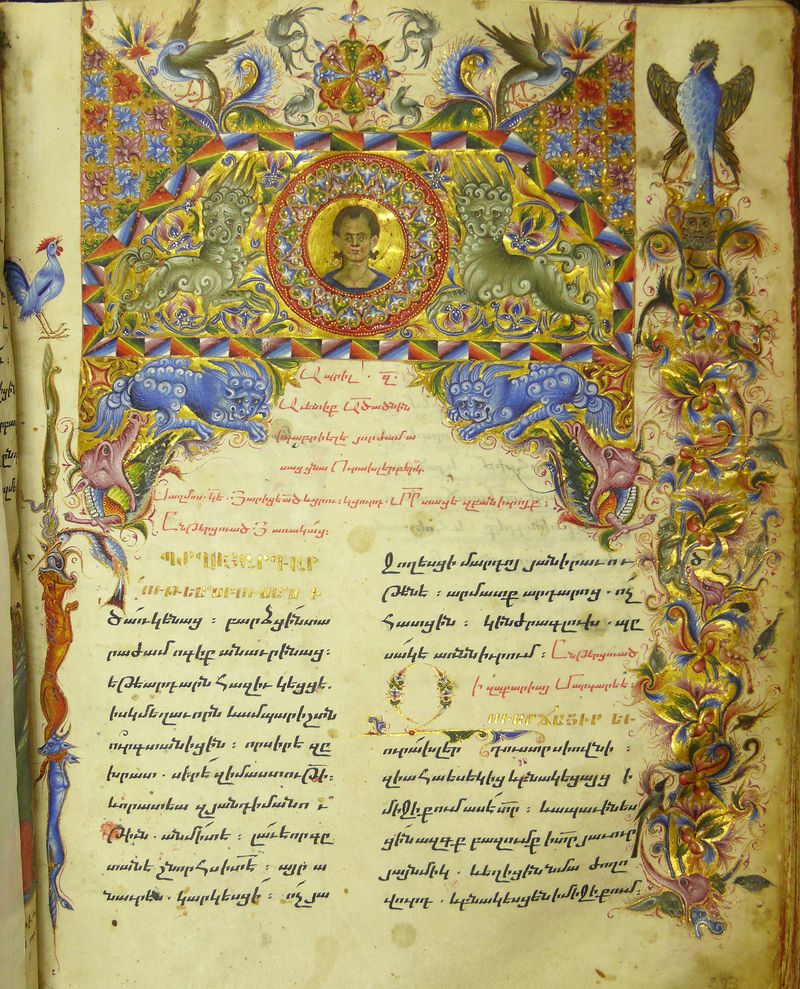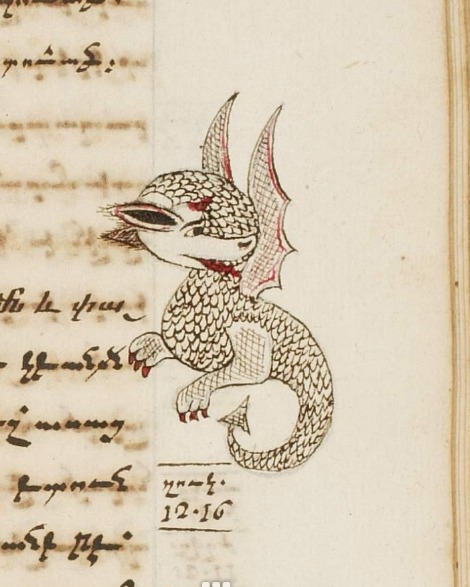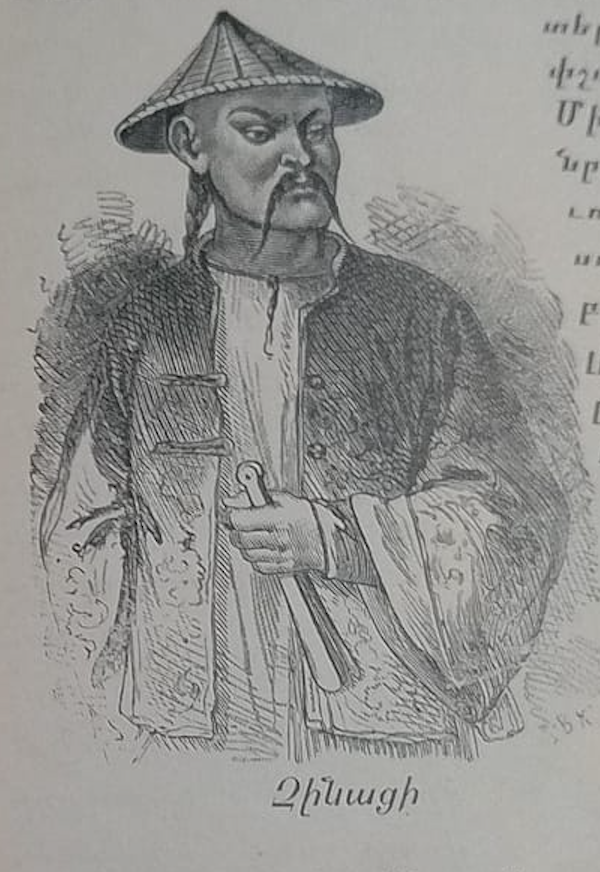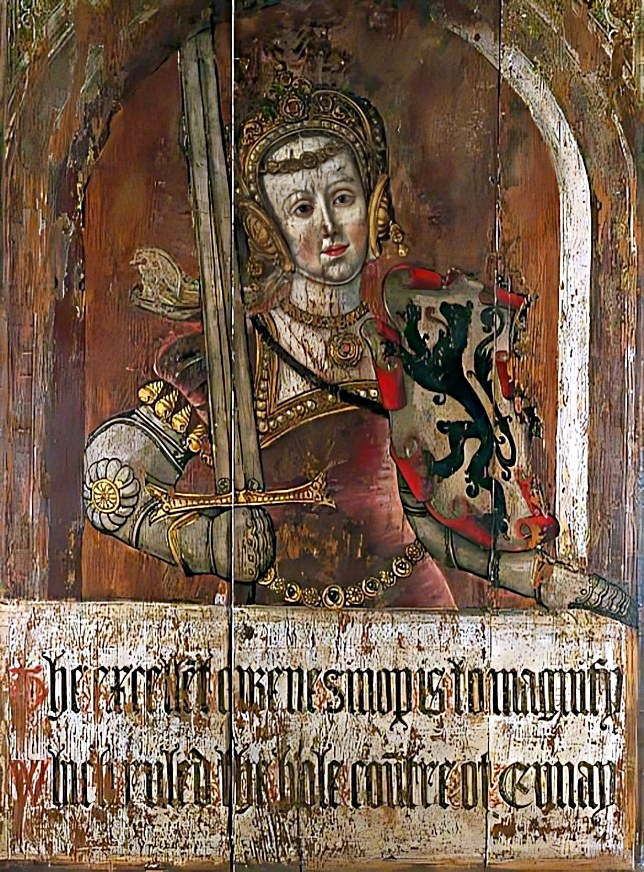
Chinese dragons and heavenly dogs in the Armenian medieval manuscript
The elements perceived as emanating from Chinese art, such as “heavenly dogs”, “phoenix” and
“dragon” motifs, made their appearance in Armenian manuscript illuminations in the second half of
the thirteenth century. The context was royal Armenian patronage in the kingdom of Cilician during
years when the small Mediterranean state was in direct alliance with the Mongols.
The Lectionary of 1286 (Lectionary of Hethum II, Yerevan. Matenadaran MS 979) contains an
organically integrated group of ancient Chinese mythical creatures. Though neither the name of the
scribe nor the artist of the Lectionary is preserved, we know Prince Hethum/Het’um (later king
1289–1301) commissioned the manuscript.
The Incipit page (fol.292r) displays a wide, richly decorated band tapering toward a central round
frame decorated with a symmetrical scroll of fleur-de-lys in which is a beardless bust of the youthful
Christ Emmanuel against a plain gold background, a common feature of twelfth and thirteenth-
century Cilician Armenian manuscripts. On each side of Christ are grey-brown, Chinese-inspired
lions in an upright position prancing toward the central circle but with their heads turned forward
and with eyes slightly askance toward Christ. Each animal’s mouth and nose are highly stylized
forming a trilobed leaf motif. From the top of their heads, sharp, flame-like, tufts of hair point
upward. Their tails are knotted in the Chinese manner.










